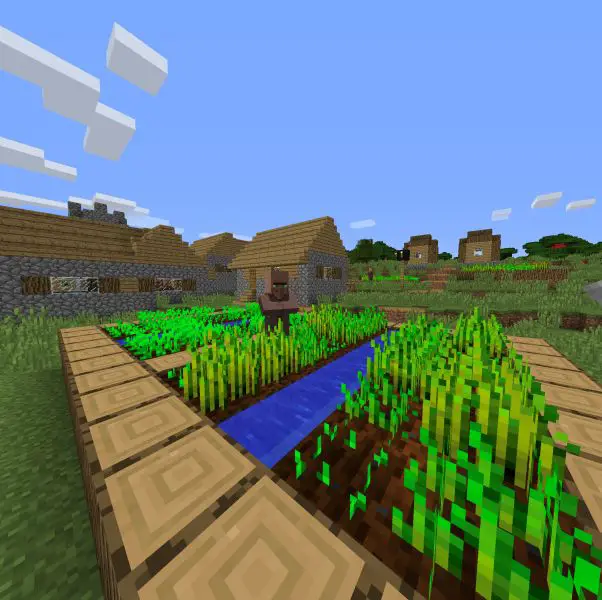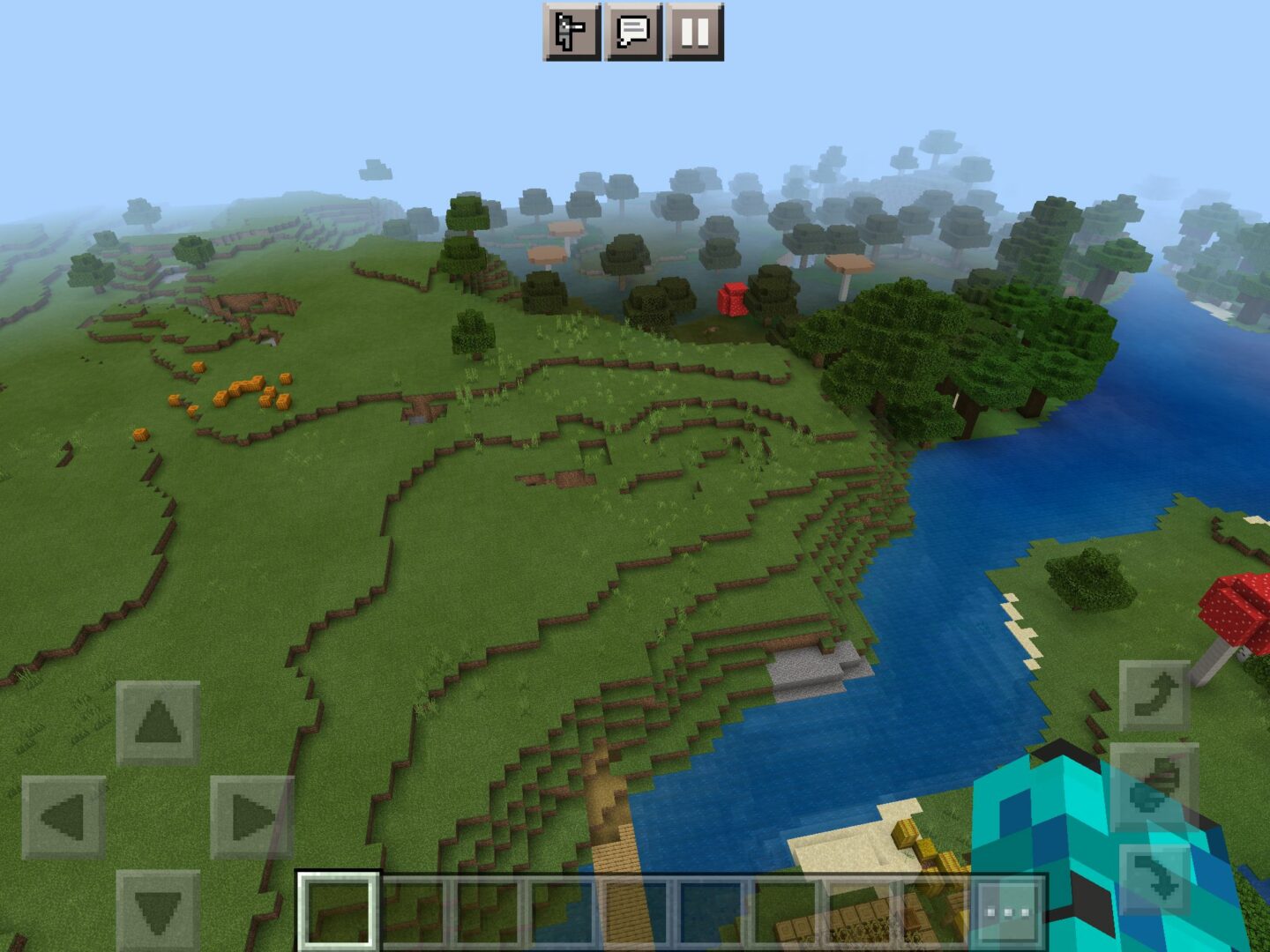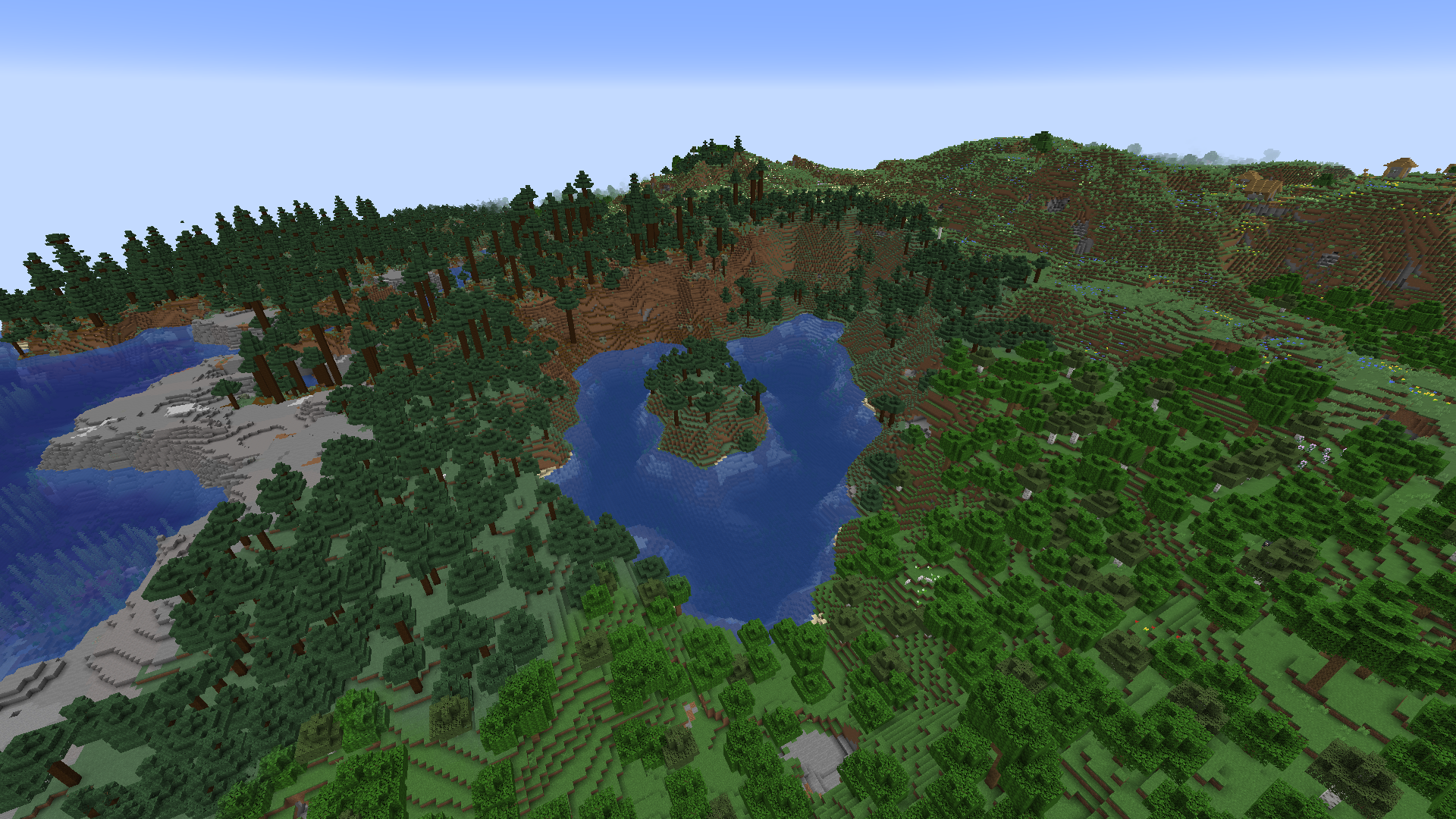
Should I let my 3 year old play Minecraft?
As a parent, it’s natural to wonder whether letting your 3-year-old play Minecraft is a good idea. On one hand, you’ve heard about its potential benefits for young children, such as developing creativity and problem-solving skills. On the other hand, you’ve also heard about the risks of too much screen time, which experts recommend limiting for children under five to just one hour a day.
So what should you do? Well, the answer isn’t black and white. In fact, it depends on a variety of factors like your child’s individual needs and interests, as well as how you set limits and guidelines for their playtime.
But before we dive into all of that, let’s first take a closer look at the benefits Minecraft can offer young children. For starters, the game encourages creativity and imagination by allowing players to build and explore their own virtual worlds. It also promotes problem-solving and critical thinking skills, as players must figure out how to gather resources and survive in their environment.
But with all of these benefits come potential risks, too. For example, some children may become overly attached to the game and have difficulty separating fantasy from reality. Others may become addicted to the game, leading to behavioral and social problems. And of course, there’s the issue of too much screen time, which can have negative impacts on your child’s physical and mental health.
So how can you navigate these potential risks while still allowing your child to reap the benefits of Minecraft? One solution is to set appropriate limits and guidelines for their playtime. For example, you could limit their playtime to just 30 minutes a day and encourage them to engage in other activities, such as outdoor play or reading. You could also supervise their playtime and monitor their behavior to ensure they’re not becoming too attached or addicted to the game.
If Minecraft still doesn’t seem like the right fit for your child, there are plenty of alternatives to consider that offer similar benefits. For example, other video games like Animal Crossing or Roblox may be a better fit, or you could encourage your child to engage in other creative activities like drawing or building with blocks.
In the end, the decision of whether to let your 3-year-old play Minecraft ultimately comes down to what feels right for you and your family. By weighing the potential benefits and risks and setting appropriate limits and guidelines, you can help ensure that your child’s screen time is both fun and healthy.
The benefits of Minecraft for young children
Minecraft is a game that has gained a lot of popularity over the years, but did you know that it is not just a game for entertainment? It has actually proven to be beneficial for young children, too. Let’s take a look at some of the benefits of Minecraft for young children.
1. Creativity and Imagination
Minecraft allows children to build and create anything they can imagine. The game has no specific objectives, so children can use their creativity to come up with their own goals and work towards achieving them. This helps to develop their imagination and problem-solving skills.
2. Collaboration and Teamwork
Minecraft can be played in multiplayer mode, which allows children to collaborate and work together towards a common goal. This helps to develop their teamwork and communication skills, and teaches them the importance of working together to achieve a common objective.
3. Learning and Education
Minecraft is not just a game, it can also be an educational tool. Children can learn about history, geography, science, and math through the game. Minecraft can be used to teach children about architecture, engineering, and even coding. This helps to make learning fun and engaging for young children.
4. Motor Skills and Hand-Eye Coordination
Minecraft requires children to use both their hands and eyes simultaneously, which helps to develop their motor skills and hand-eye coordination. The game requires precise movements, which helps to develop their fine motor skills, too.
5. Screen Time and Play
It is important to note that while Minecraft has many benefits for young children, it is still important to limit their screen time. The American Academy of Pediatrics recommends no screen time at all for children aged under two and no more than an hour a day for children under five. Even for children as old as 12, screen time should be limited to no more than two hours a day.
Minecraft is not just a game for entertainment, it has many benefits for young children. It helps to develop their creativity, teamwork, problem-solving skills, and even helps to make learning fun and engaging. However, it is important to remember to limit screen time and ensure that children are using the game in a safe and appropriate manner.

The potential risks of letting young children play Minecraft
Minecraft is a game that is beloved by many children around the world. It’s a game that allows children to be creative, imaginative, and explore a vast virtual world. Minecraft is often touted for its educational benefits, such as developing problem-solving skills and spatial reasoning. However, there are potential risks associated with young children playing Minecraft.
One of the main concerns with children playing Minecraft is screen time. The American Academy of Pediatrics recommends no screen time at all for children under the age of two and no more than an hour a day for children under the age of five. Even for children as old as 12, screen time should be limited to no more than two hours a day. Minecraft can be an incredibly engaging game, and it’s easy for children to spend hours playing without realizing how much time has passed.
Another risk associated with Minecraft is exposure to online strangers. Minecraft has a multiplayer mode that allows children to play with others online. While this can be a fun and social experience, it’s essential to talk to your child about online safety. Your child should never share personal information online, and they should only play with people they know in real life or with whom you have approved their interaction.
Minecraft can also be an emotionally intense game. Children can become very attached to their virtual world and their virtual belongings. This can lead to frustration, anger, and even tears if something happens to their virtual world or items. It’s essential to talk to your child about managing their emotions and how to cope with disappointment.
Lastly, Minecraft can be addictive. Addiction to video games is a real concern, and it’s essential to set limits on your child’s playtime. It’s important to set a schedule for your child’s Minecraft playtime and stick to it. You can also try using Minecraft as a reward for completing homework or chores.
While Minecraft can be a fun and educational game for young children, there are potential risks associated with playing it. It’s important to limit screen time, talk to your child about online safety, emotional management, and addiction. By setting appropriate limits and guidelines for your child’s Minecraft playtime, you can ensure that your child can enjoy the game while staying safe and healthy.
How to set appropriate limits and guidelines for your child’s Minecraft playtime
Setting appropriate limits and guidelines for your child’s Minecraft playtime is essential to ensure they benefit fully from the game while avoiding any potential negative effects. Minecraft is an open-world game that allows players to explore, create and learn in a virtual environment that encourages creativity and problem-solving. However, like any activity, it requires moderation to prevent addiction and overexposure to screens. In this article, we will provide you with tips on how to set appropriate limits and guidelines for your child’s Minecraft playtime.
Limit screen time
According to experts, screen time for children should be limited to avoid negative effects such as obesity, sleep disturbance, and poor performance in school. They recommend no screen time at all for children under two years and no more than one hour a day for children under five. For children between five and twelve years old, screen time should be limited to no more than two hours a day. Therefore, you should set Minecraft playtime limits that adhere to these guidelines.
Set a schedule
Setting a schedule for Minecraft playtime helps to ensure your child is not spending too much time playing the game. You can create a schedule that outlines the days and times when your child can play Minecraft. For instance, you can allow your child to play Minecraft for an hour after completing their homework or on weekends. This helps to balance Minecraft playtime with other activities.
Monitor your child’s gameplay
Monitoring your child’s Minecraft gameplay helps you to ensure that they are playing the game appropriately and not engaging in any behavior that may be harmful or inappropriate. You can sit with your child and play Minecraft with them, asking questions and guiding them through gameplay. This way, you can ensure that they are not playing too long or engaging in inappropriate activities.
Educate your child
Educating your child on the appropriate use of Minecraft is essential. You should explain to your child that they should not share personal information or engage in any behavior that may be harmful or inappropriate. You should also teach them about online safety, such as not talking to strangers or clicking on links from unknown sources.
Setting appropriate limits and guidelines for your child’s Minecraft playtime is essential. By limiting screen time, setting a schedule, monitoring your child’s gameplay, and educating them, you can ensure that your child benefits fully from the game while avoiding any potential negative effects. Minecraft can be an excellent tool for learning and creativity. However, like any activity, it requires moderation to prevent negative effects. Don’t forget to check in with your child and ensure they are comfortable with the guidelines that you have set. Happy Minecrafting!
Alternatives to Minecraft for young children
In a world where technology is everywhere, it can be difficult to keep young children entertained without exposing them to excess screen time. Minecraft has become a popular game among the younger generation, but it’s not for everyone. If you’re looking for alternatives to Minecraft for your young child, keep reading.
One option is Roblox, a game where players can create their own virtual worlds and games. It’s similar to Minecraft, but with a focus on social interaction and game creation. It also offers a safer environment for kids, as Roblox has a strict filtering system to prevent inappropriate language and content.
Another alternative is Terraria, a 2D sandbox game that encourages exploration and resource gathering. It’s a great option for kids who love adventure games, and it’s less complex than Minecraft, making it easier for younger children to understand.
For kids who love animals, Zoo Tycoon is a simulation game where players can build and manage their own zoo. It teaches responsibility and animal care, and provides a fun and educational experience.
If your child is interested in science and space, Space Engineers is a fantastic game that allows players to build and explore their own space stations and spaceships. It’s a great way to encourage creativity and teach basic engineering concepts.
For younger children, there are also educational apps and games that can help them learn while they play. ABCmouse is a popular app that offers games and activities for children ages 2-8, focusing on subjects like math, science, and reading.
When it comes to screen time, it’s important to set appropriate limits and guidelines for your child’s playtime. The American Academy of Pediatrics recommends no screen time at all for children under two, and no more than an hour a day for children under five. For older children, screen time should be limited to no more than two hours a day.
There are plenty of alternatives to Minecraft for young children. Roblox, Terraria, Zoo Tycoon, Space Engineers, and educational apps are just a few options that can provide entertainment and education without exposing your child to excessive screen time. By setting appropriate limits and guidelines, you can ensure that your child has a healthy balance of playtime and screen time.

As we’ve seen, Minecraft can be a valuable tool for young children to develop a wide range of skills, from problem-solving to creativity. However, as with any form of screen time, there are potential risks that parents need to be aware of and take steps to mitigate.
The American Academy of Pediatrics recommends limiting screen time for children under five to no more than an hour a day, and even for older children, no more than two hours a day. While it can be tempting to let your child play Minecraft for longer periods of time, it’s important to remember that moderation is key, both for their physical health and their overall development.
When it comes to setting appropriate limits and guidelines for Minecraft playtime, it’s important to take your child’s individual needs and interests into account. Some children may be more drawn to the building and creative aspects of the game, while others may be more interested in exploring and adventuring. By understanding what your child enjoys most about Minecraft, you can help them get the most out of their playtime while still ensuring they stay safe and healthy.
One potential alternative to Minecraft for young children is other sandbox-style games, such as Roblox or Terraria. These games offer similar opportunities for creativity and exploration, but with different themes and gameplay mechanics. Additionally, there are a wide range of non-digital activities that can help your child develop the same skills as they would through playing Minecraft, such as building with blocks or engaging in imaginative play.
Ultimately, the decision of whether or not to let your three-year-old play Minecraft is up to you as a parent. By weighing the benefits and potential risks, setting appropriate limits and guidelines, and exploring alternative activities, you can help your child get the most out of their playtime while still ensuring their safety and well-being. So go ahead and let your child explore the blocky world of Minecraft – just remember to keep an eye on the clock and make sure they take breaks to stretch their legs and engage in other activities as well.